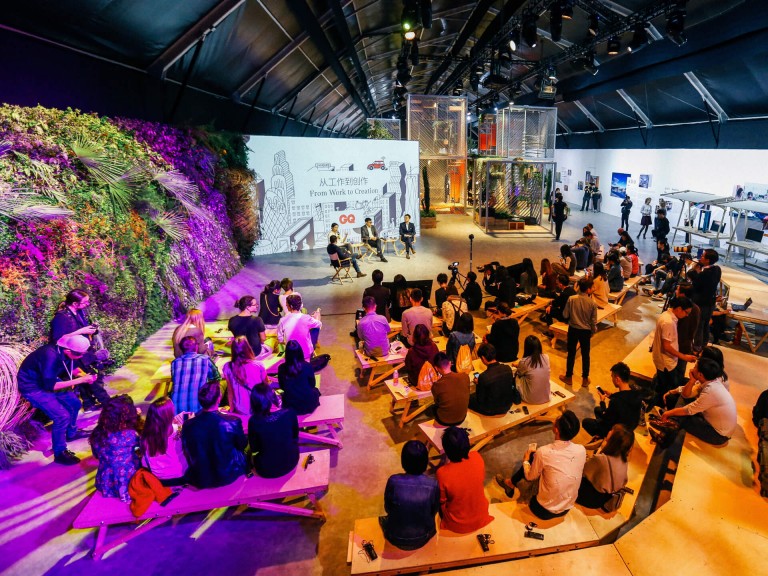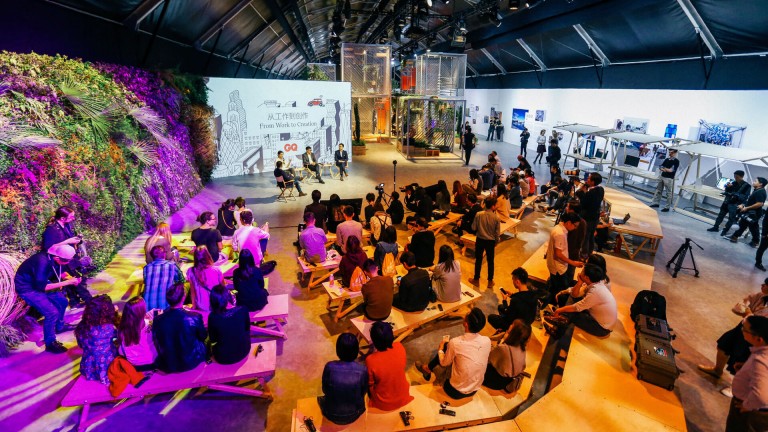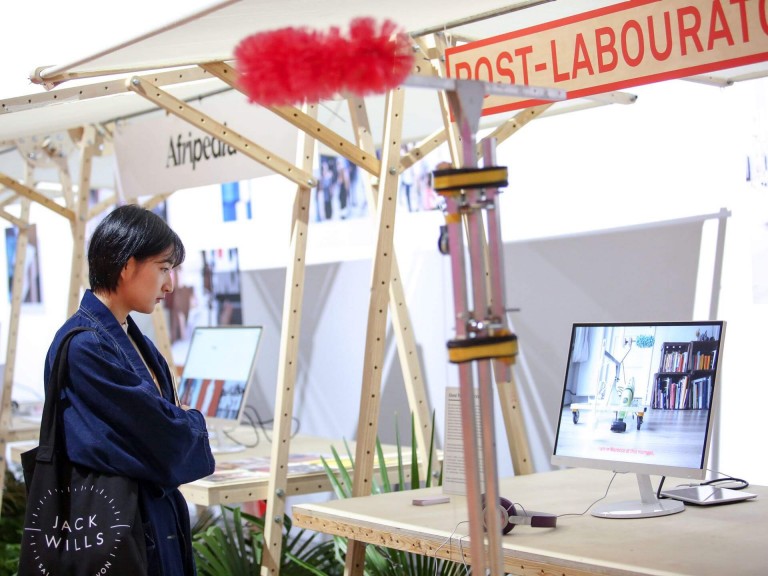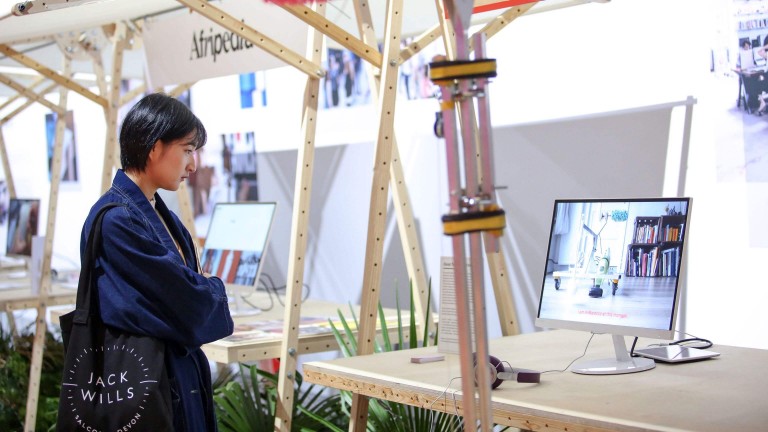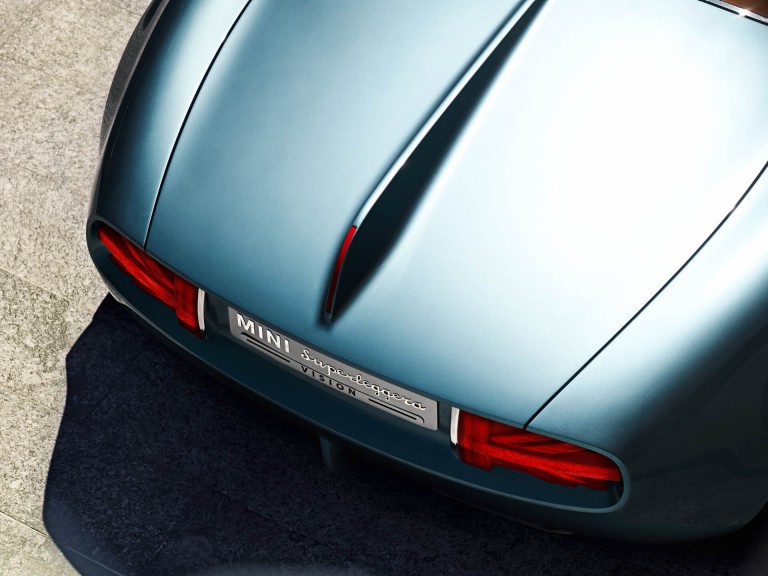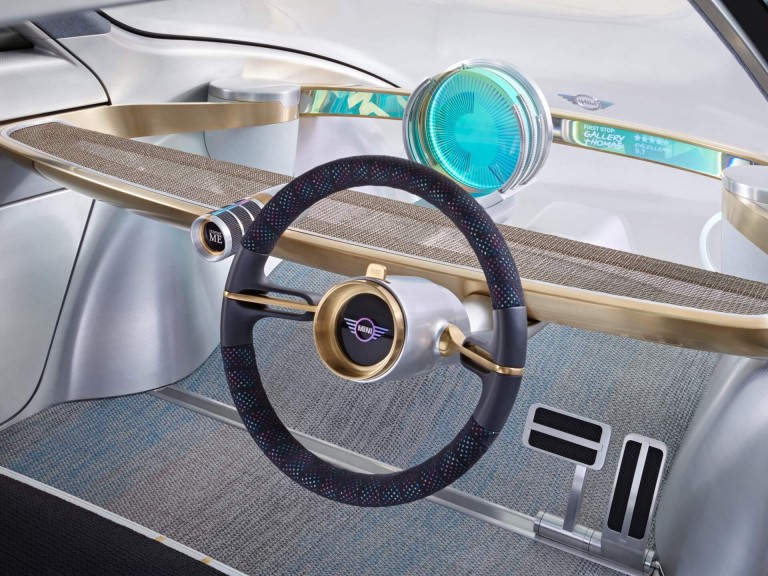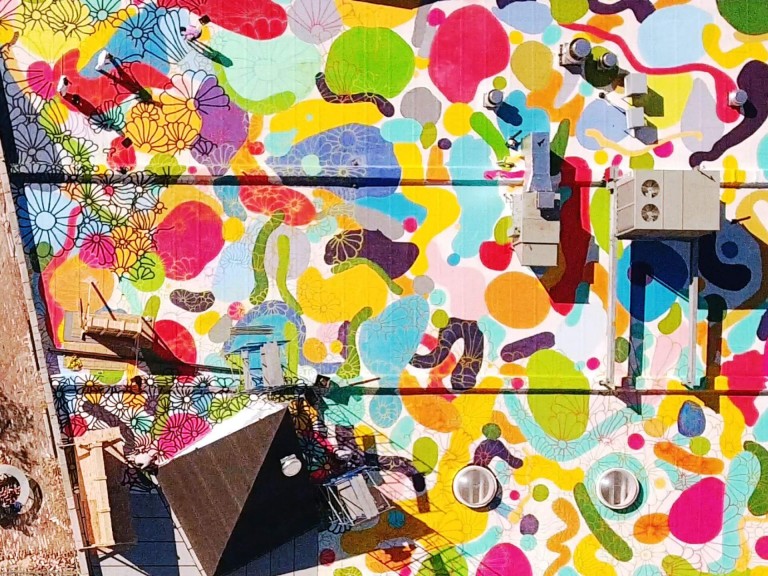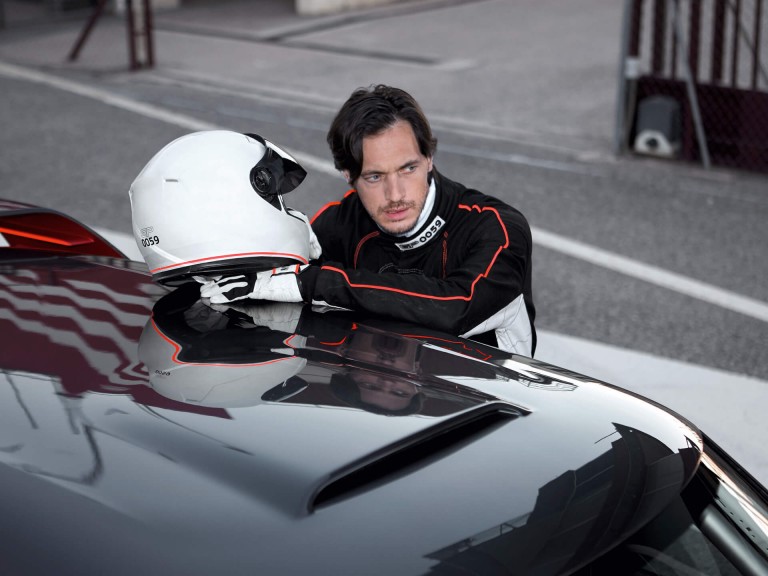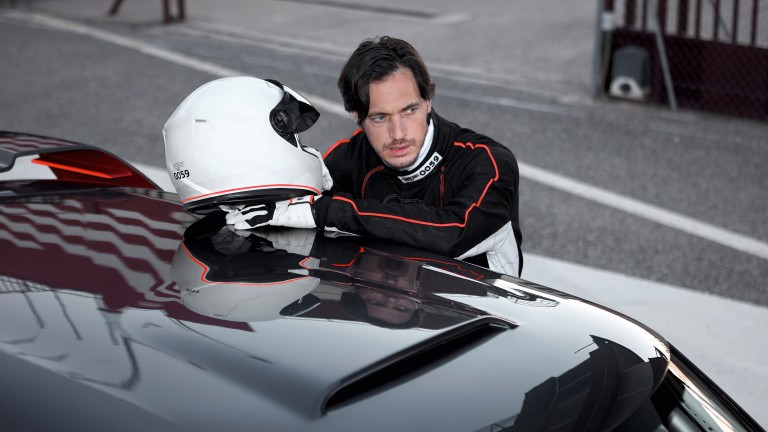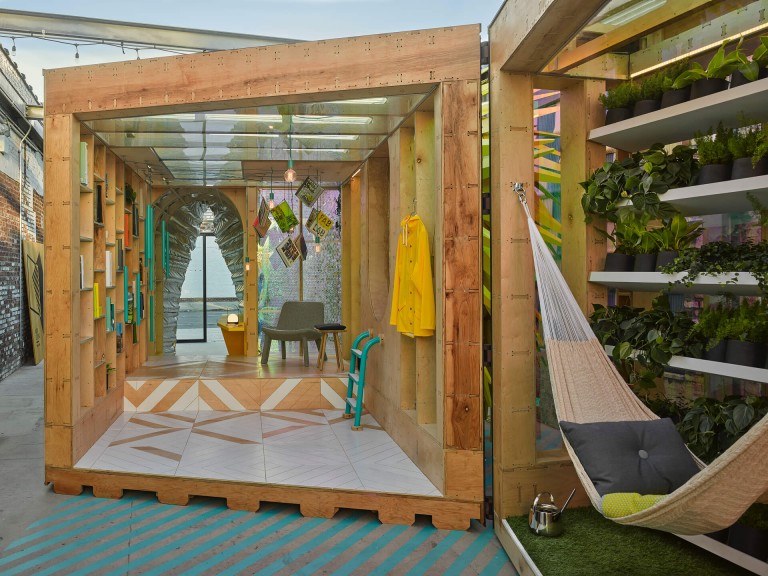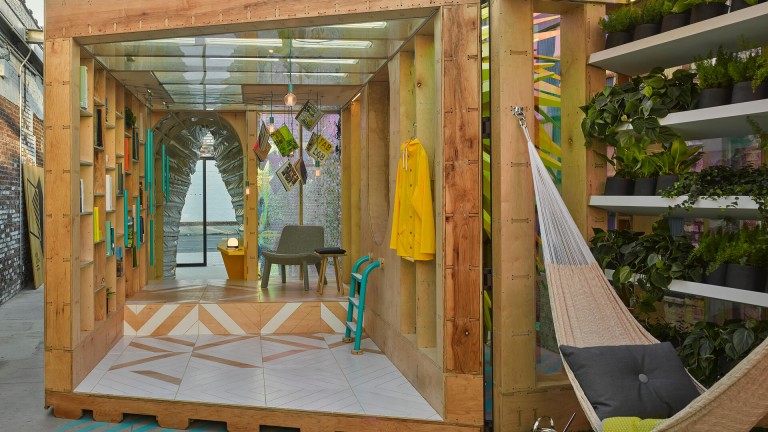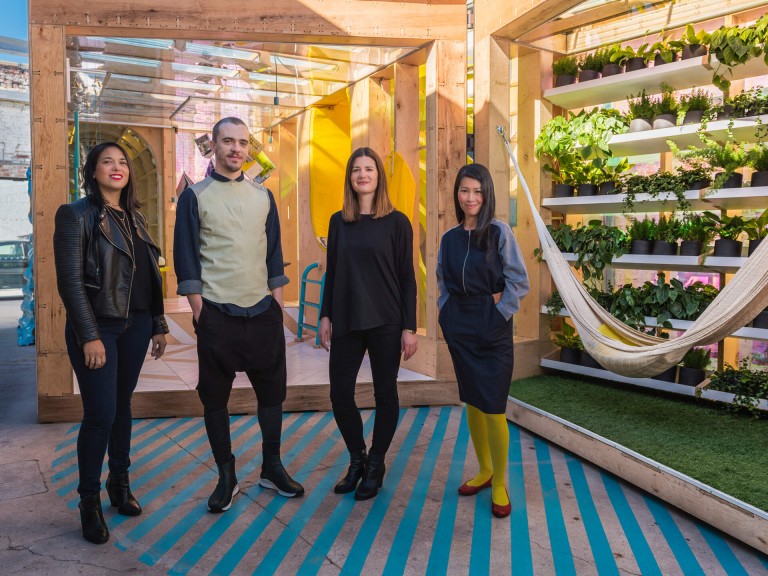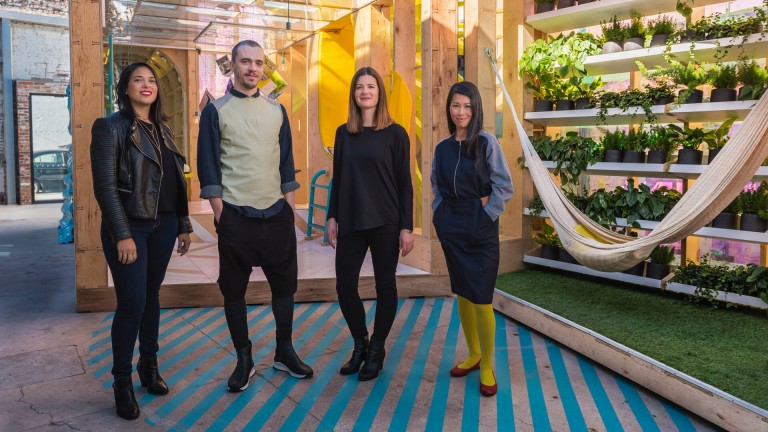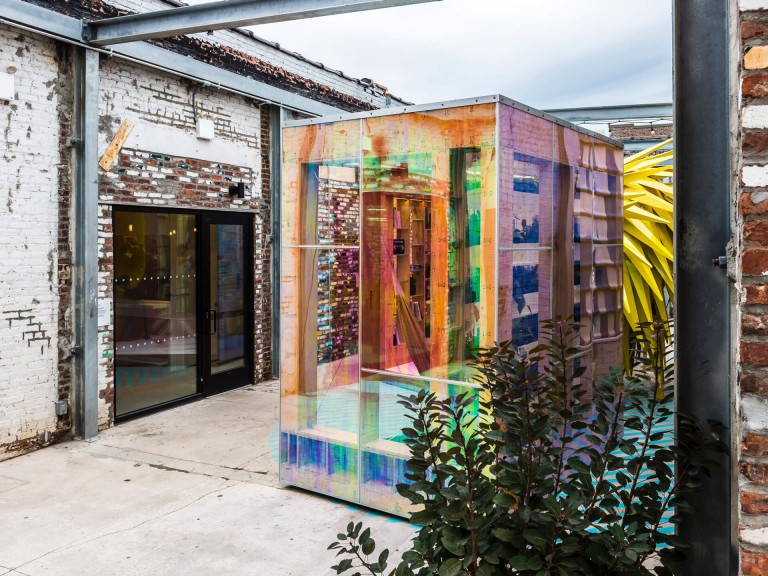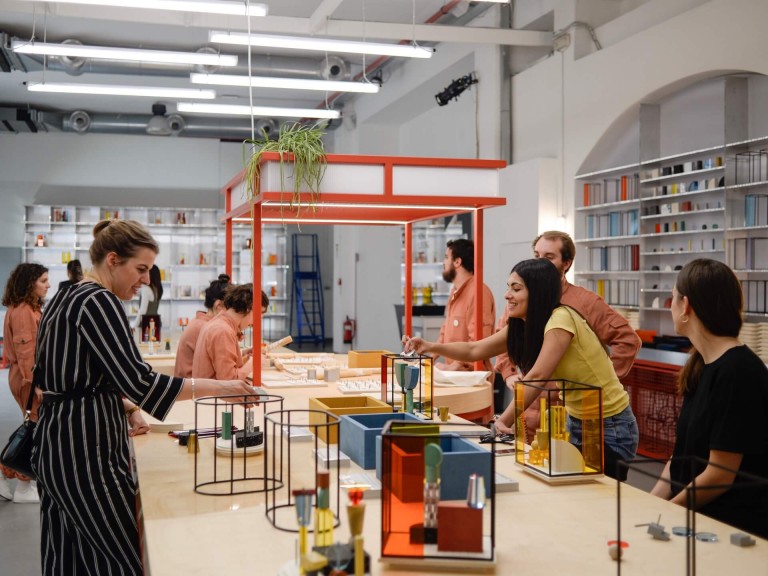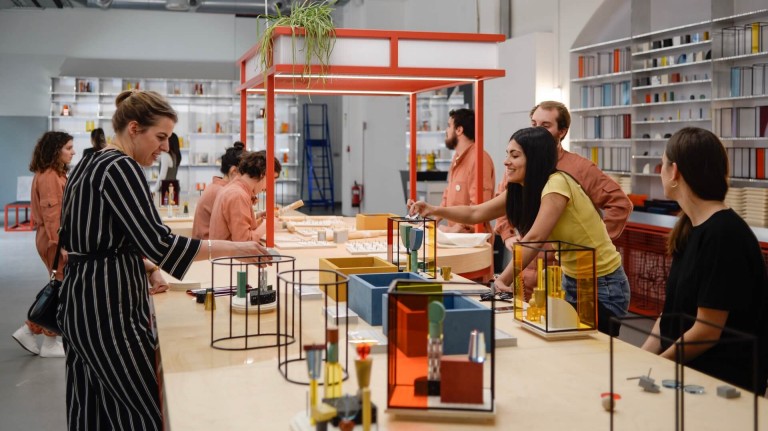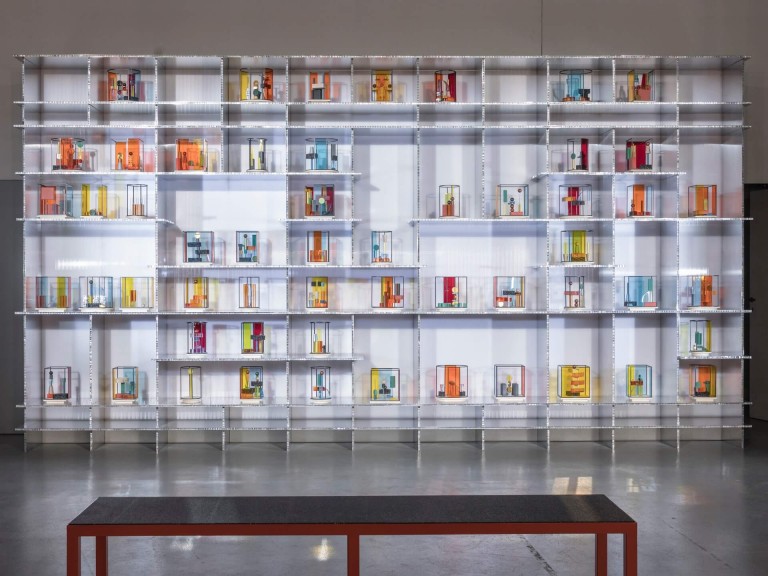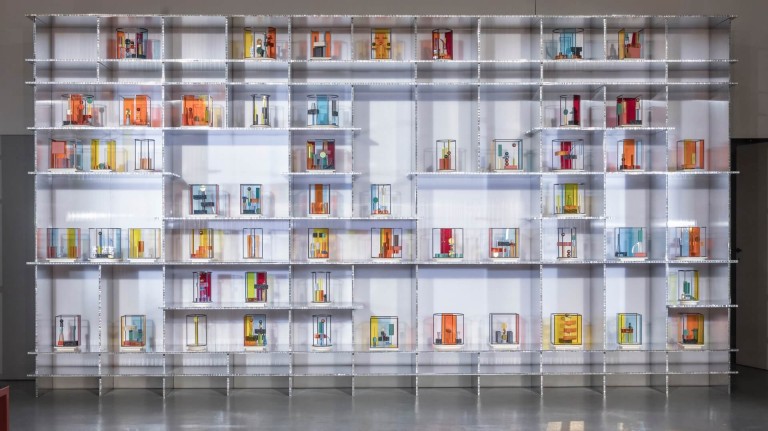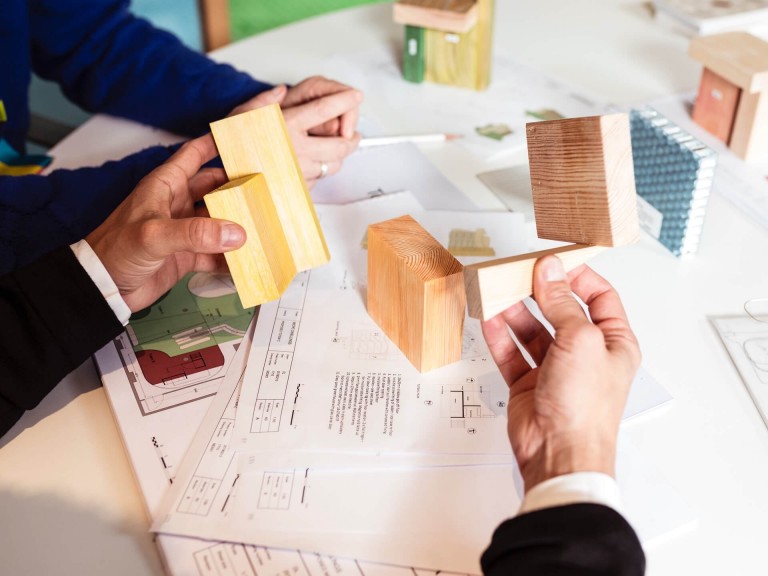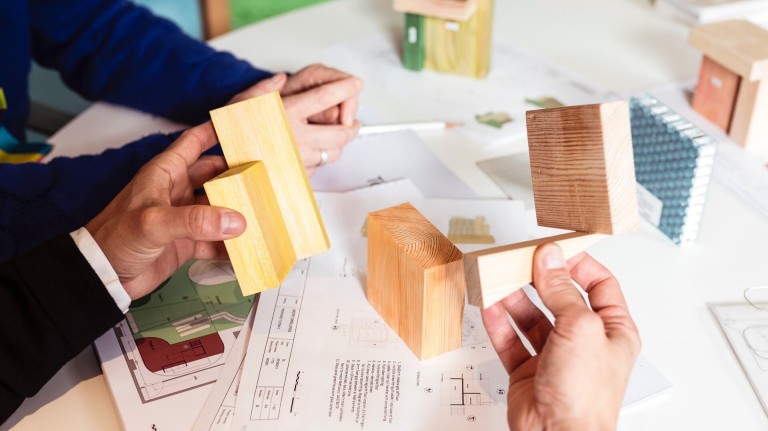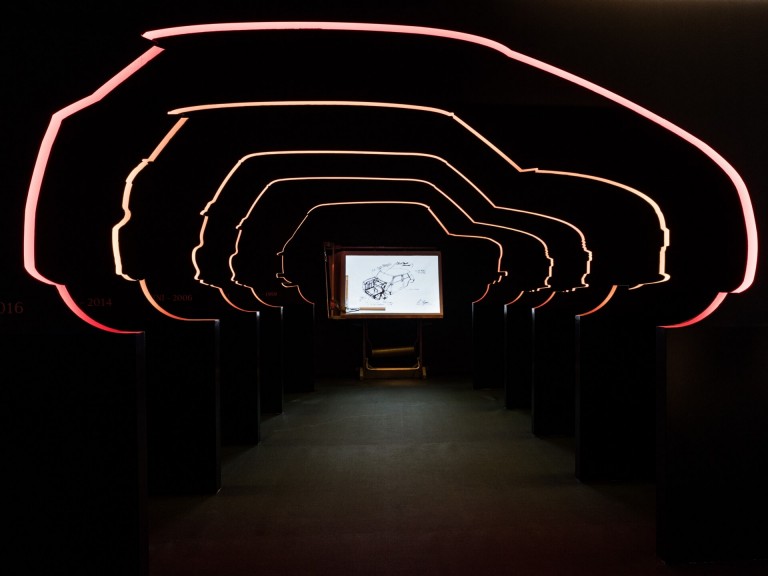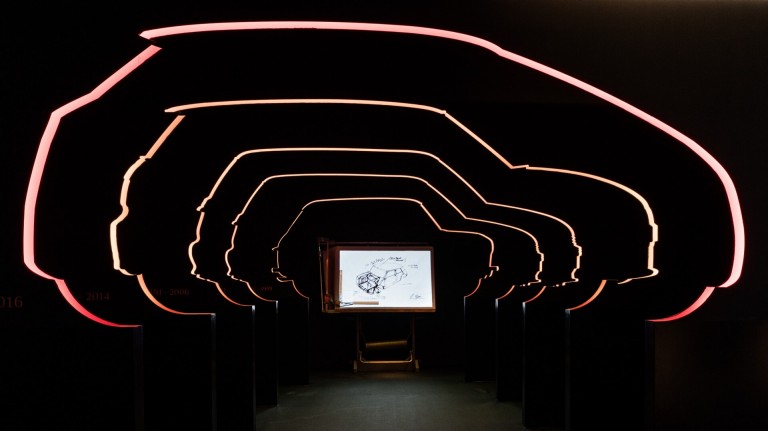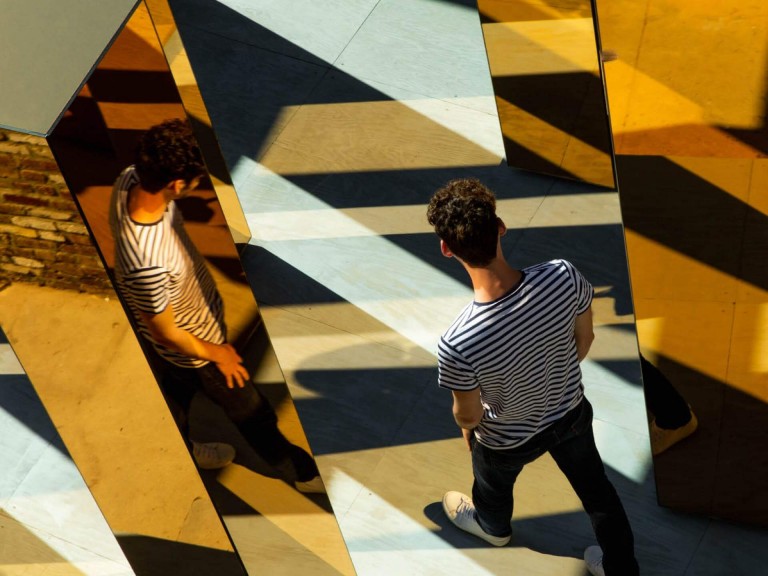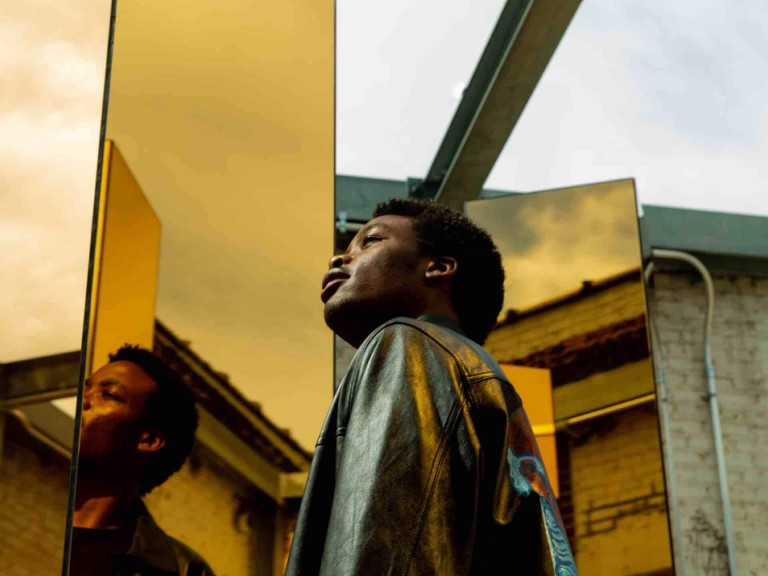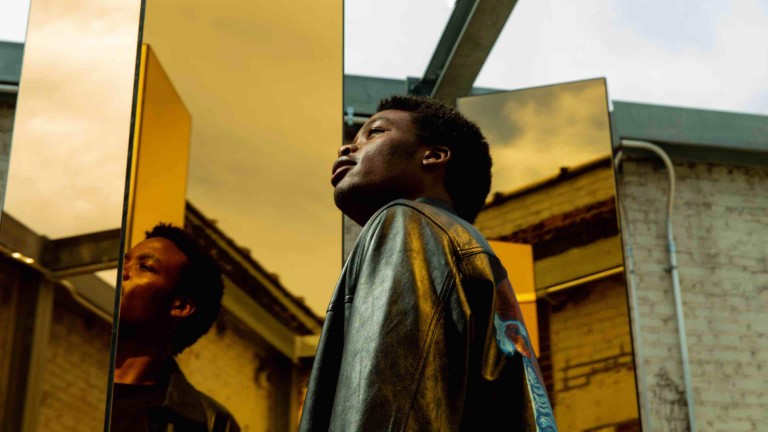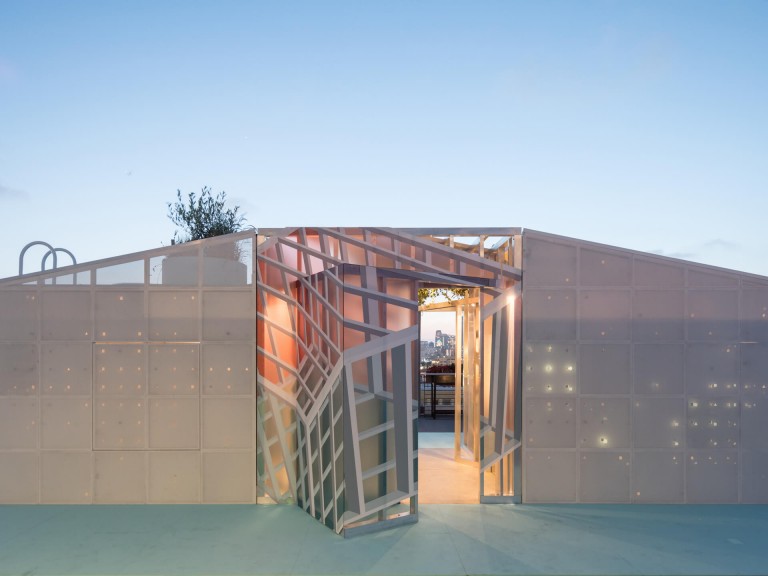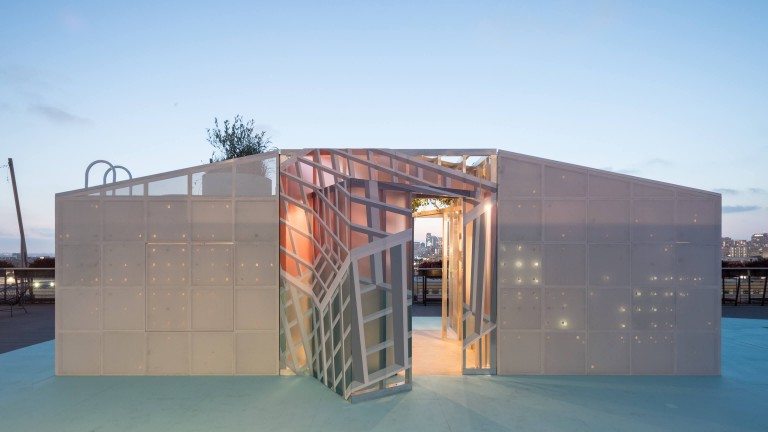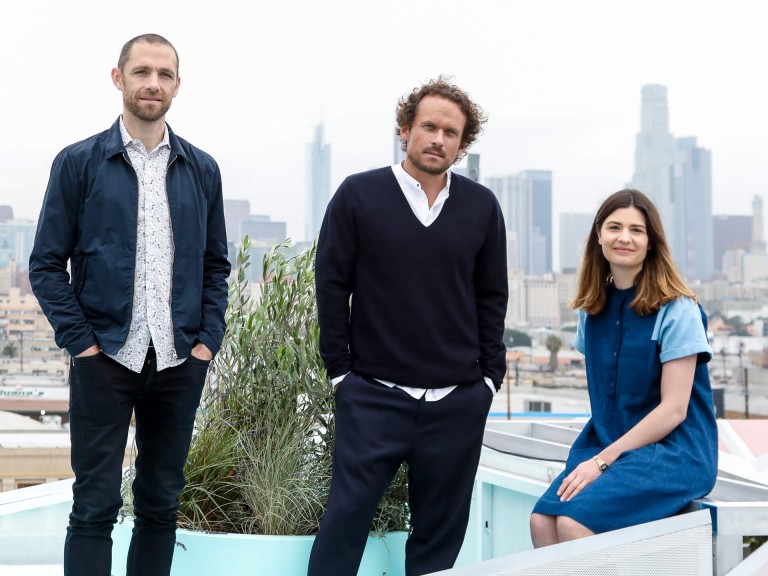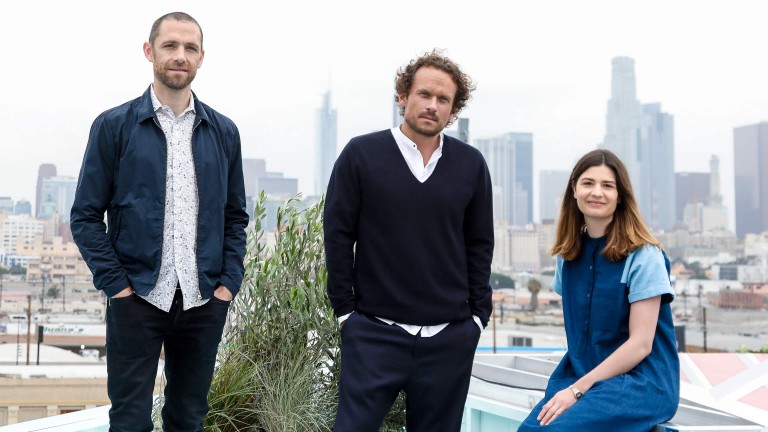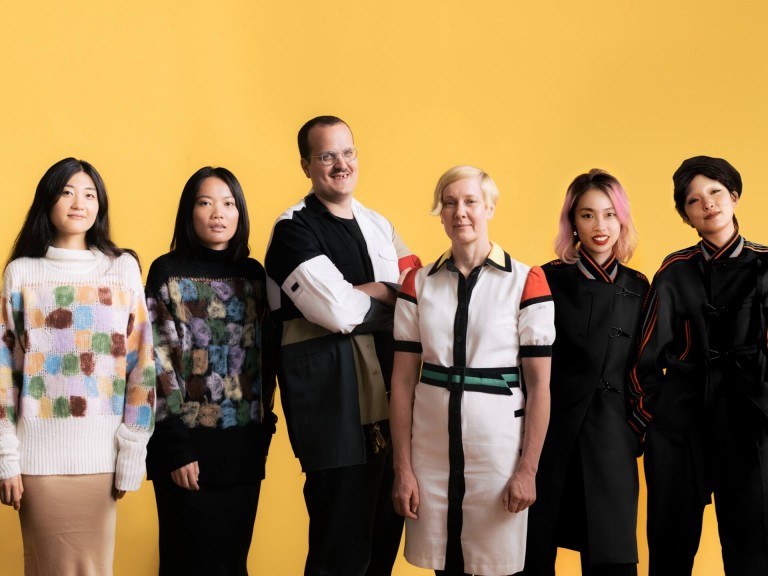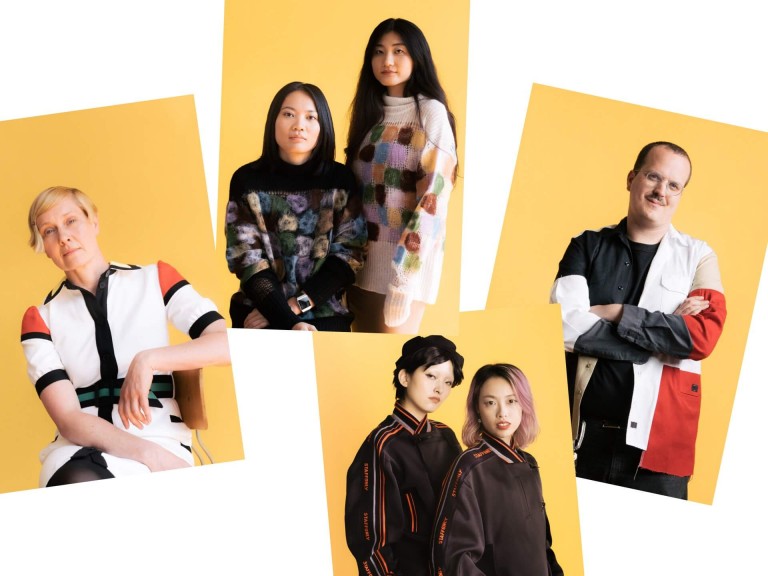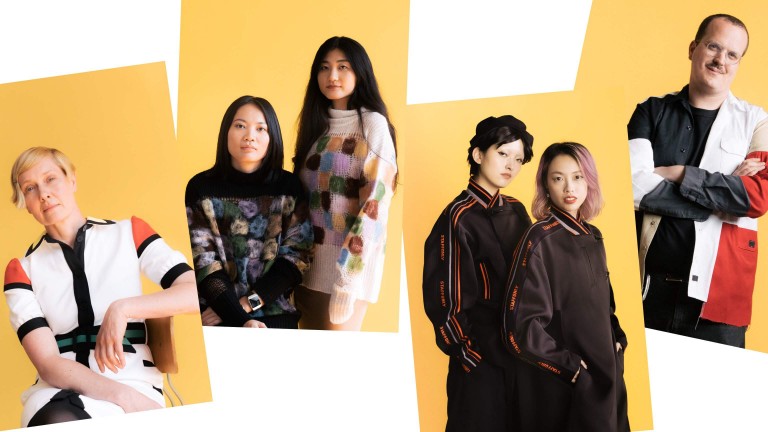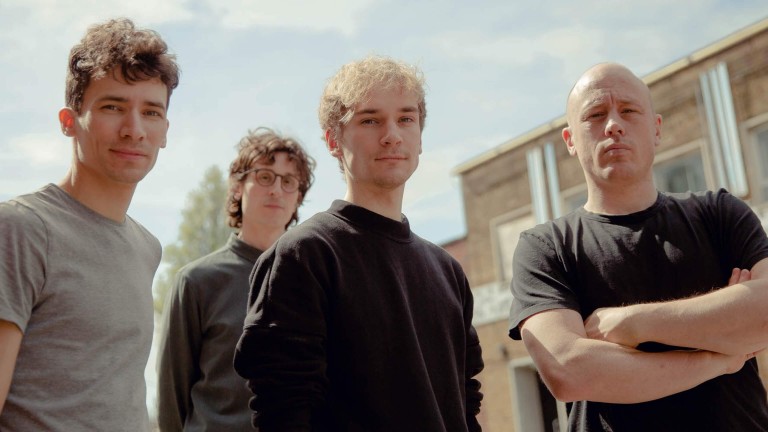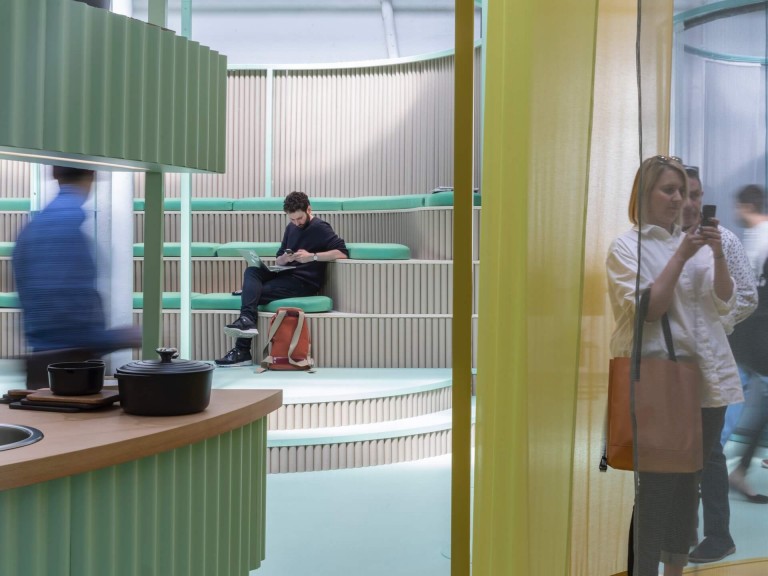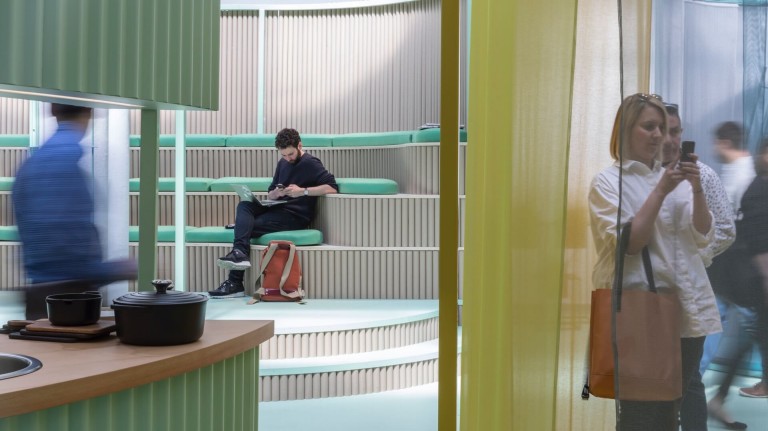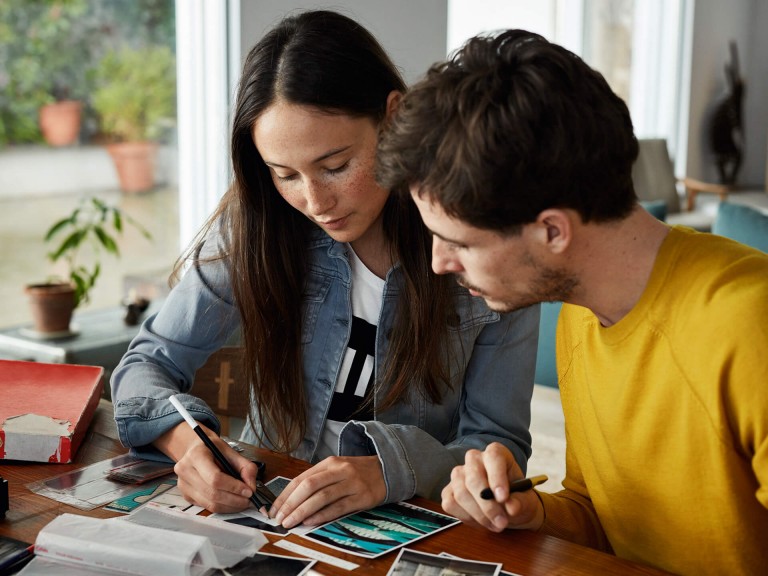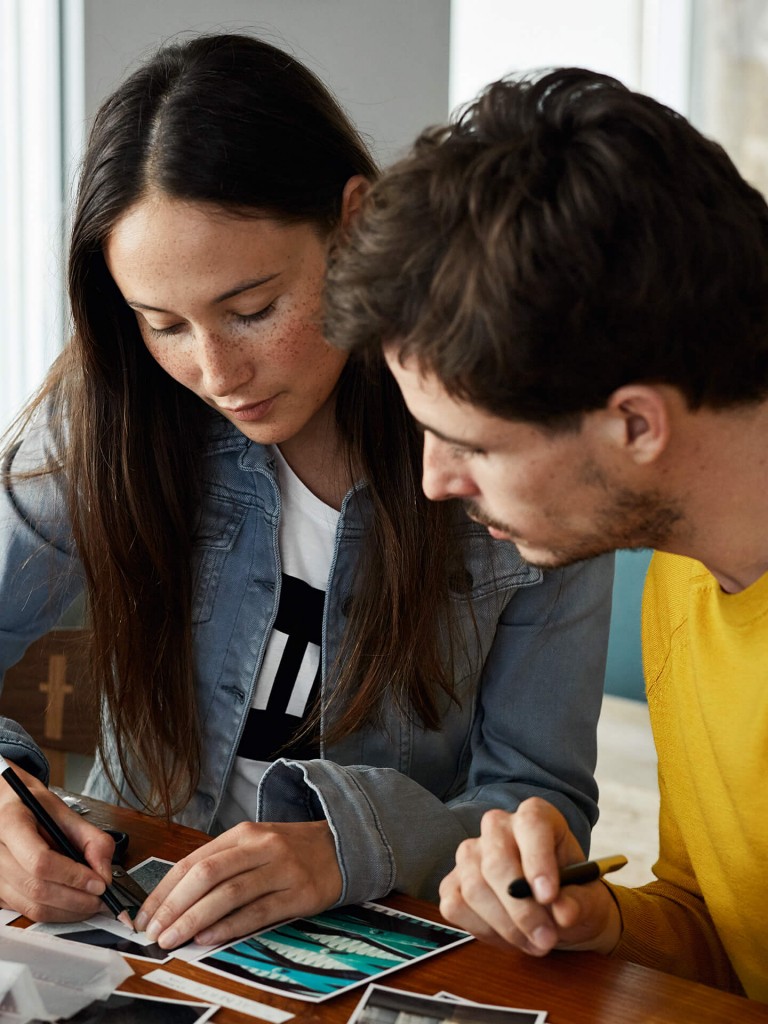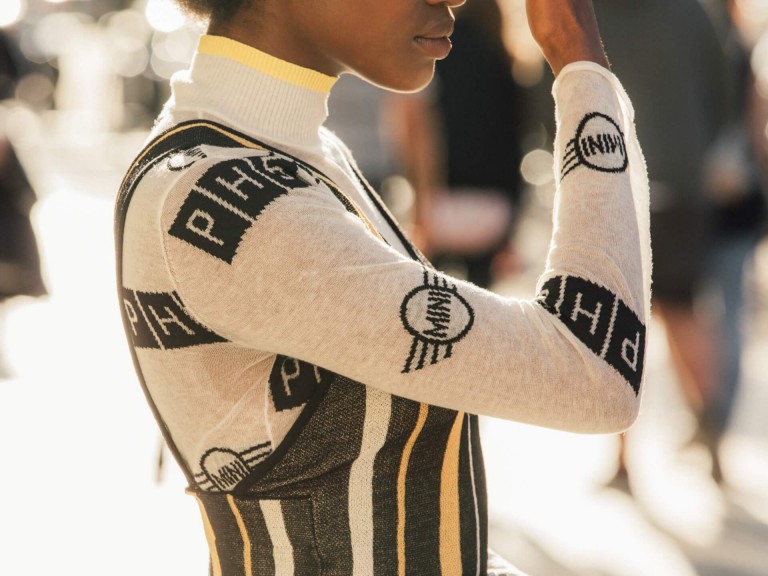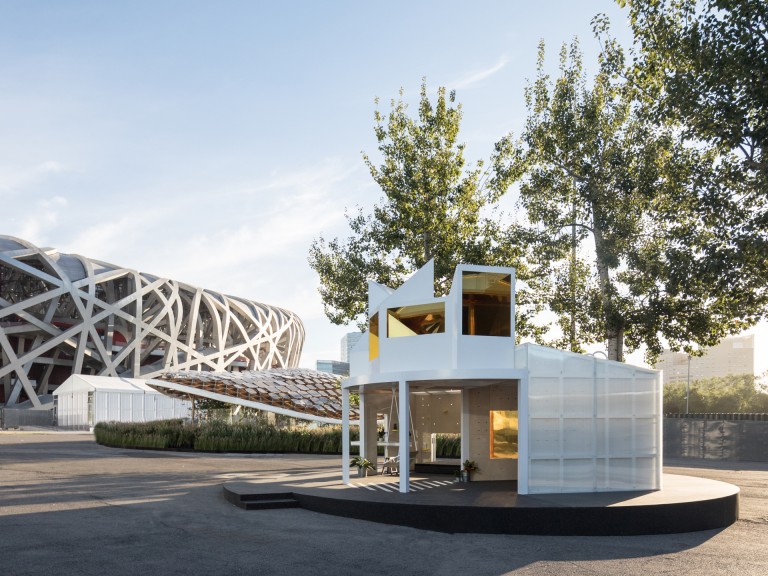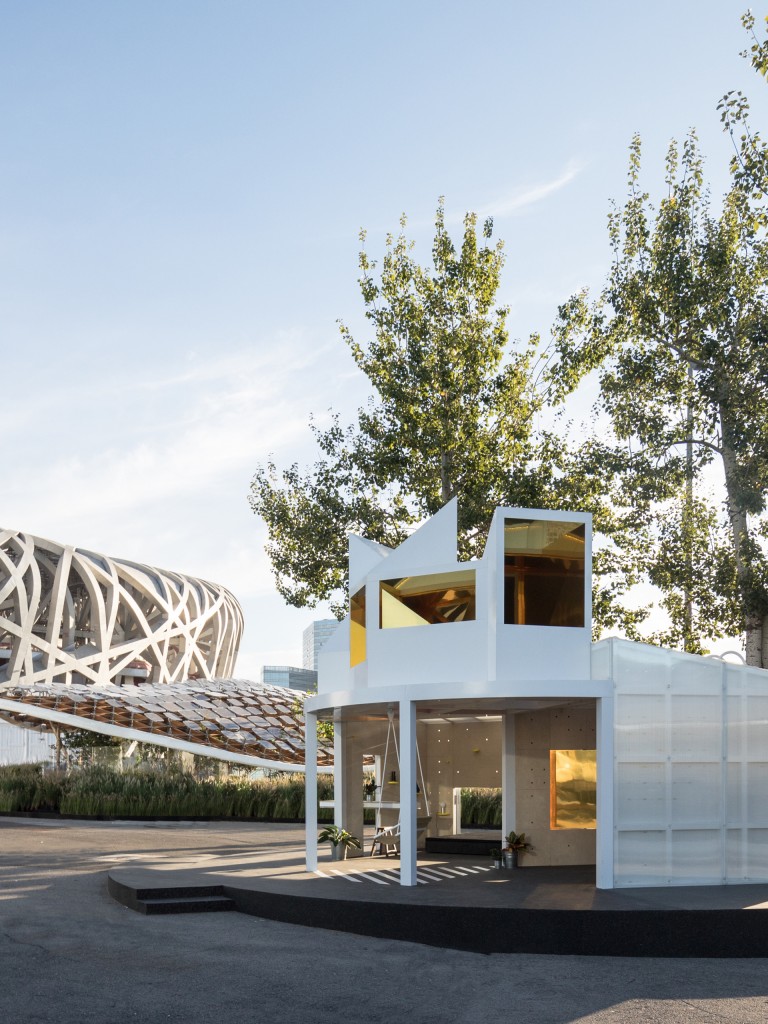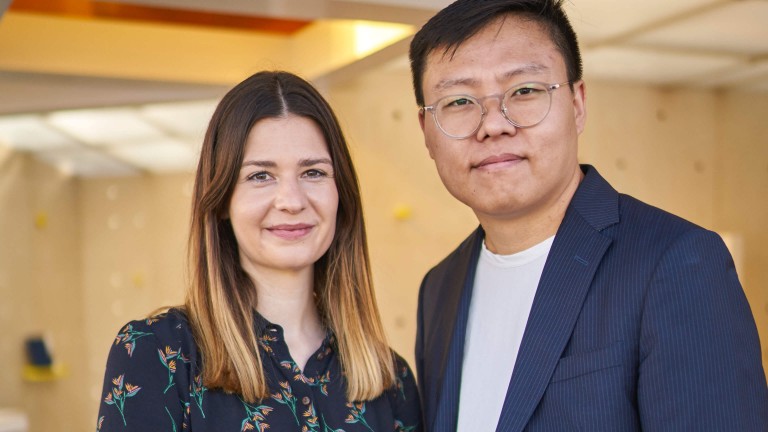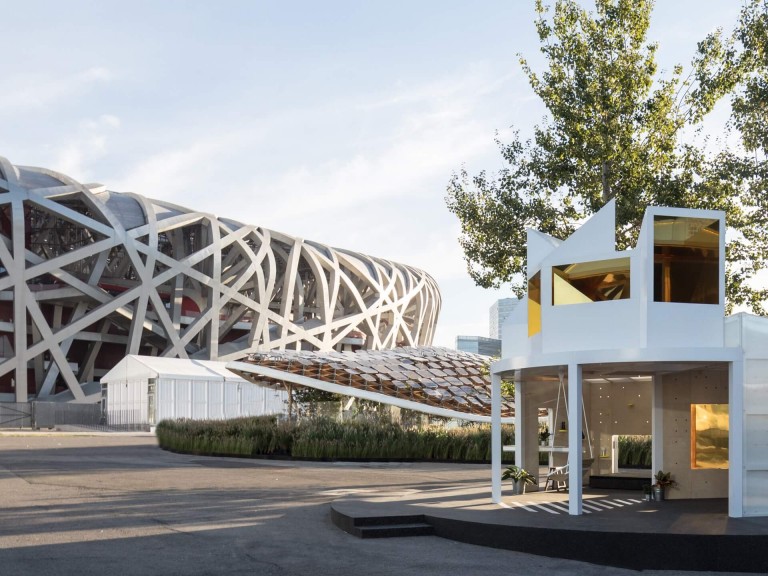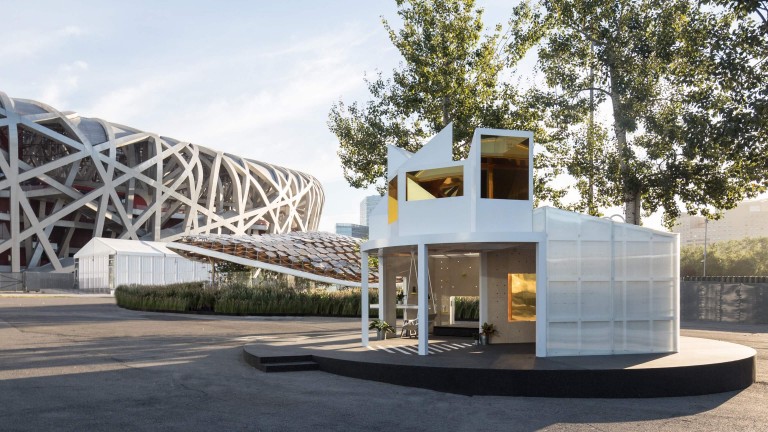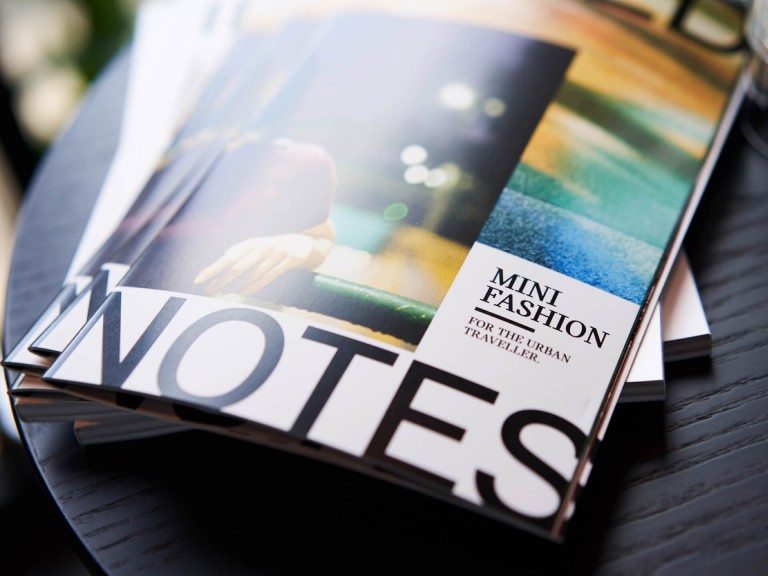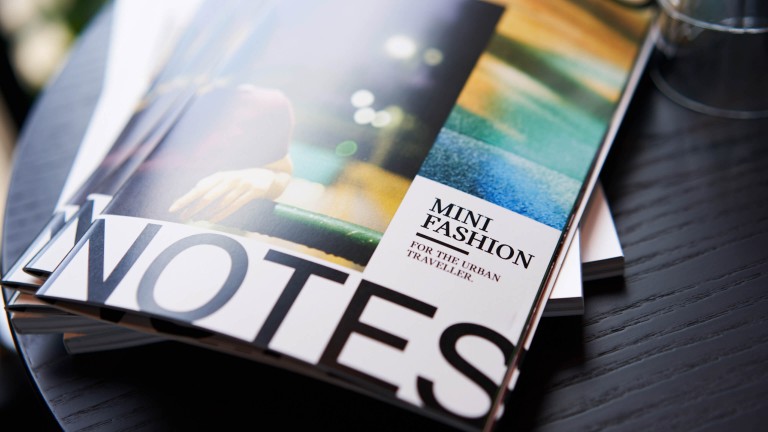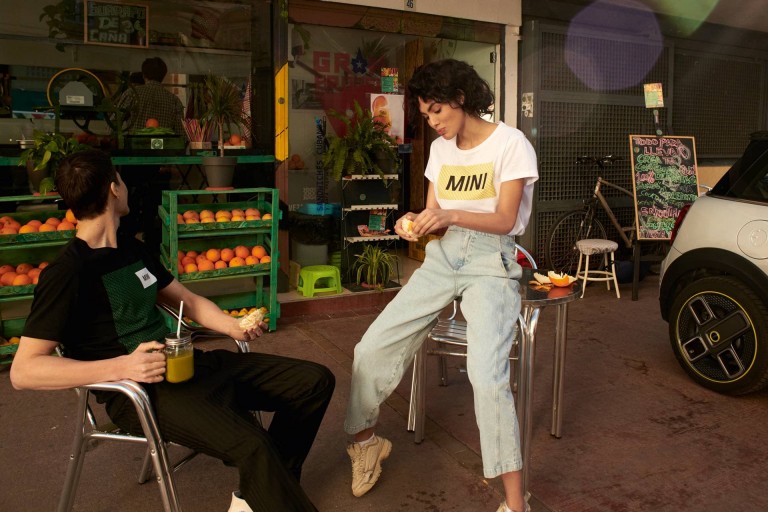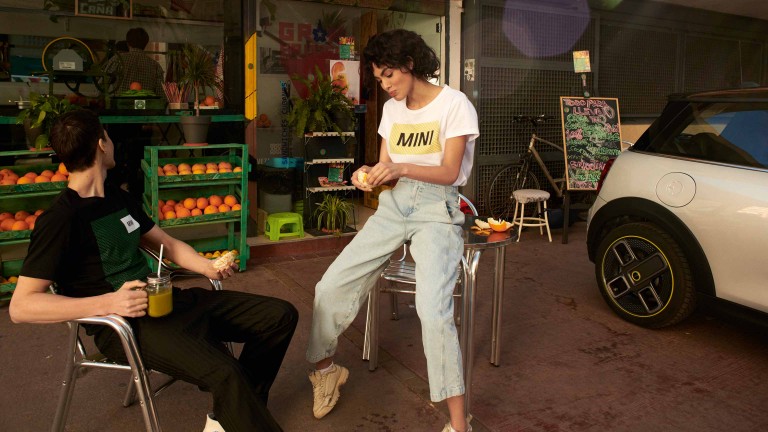Our tool for managing your permission to our use of cookies is temporarily offline. Therefore some functionality is missing.
A/D/O

Spirit of the City.
United Visual Artists and MINI collaborate on a design driven by emotion.
When United Visual Artists (UVA) founder Matt Clark speaks about the installation, Spirit of the City, and UVA’s partnership with MINI and A/D/O, he uses the words organic and immediate to convey a sense of physical alignment with the natural world. Rising over the visitor, each of the 16 nine-foot columns of Spirit of the City is intended to challenge personal perception while eliciting a visceral and electrifying reaction similar to the thrill one might experience when exploring a new city.
Clark refers to an impression of ease with regard to how the work came together. Spirit of the City is UVA’s longest-running installation in New York and America. The practice’s ability to absorb the particularities of a given city is clear within the installation. UVA’s consensus with their audience and the environment that surrounds them is an explicit part of the practice’s process.
“I think the act of creating isn't something that is defined by a set of achievements or milestones; it's an ongoing thing. Creation continuously evolves, and that’s also why I've always been attracted to maintaining a collaborative practice. I enjoy working with people from different disciplines, it means that I can continue to learn from the people around me.”

Clark continues, “what I'm trying to do is transcend the barriers and the boxes we often put ourselves in to make ourselves safe and give ourselves an identity, but I think it's important if you're going to break the rules – then you've got to have a fundamental understanding of them in the first place. That's often why we collaborate with specialists in other fields, such as the sciences or the performing arts for example.”
This ethos of collaboration becomes part of UVA’s process, and influences their partners no matter who they might be. In early conversations with MINI and A/D/O, there was an immediate dialogue about the UVA piece and the existing site for the installation itself. Clark describes an interest in delineating between what is natural and what is synthetic in a urban space, and expounding on that – he is most interested in how this idea juxtaposes with the organism that is a city; “how a certain perspective relates to scale, and can reveal the organic nature of something that appears to be man-made such as a city.”


This interest was essentially the seed idea for the research and development of the installation: including the modular, rotating, golden glass columnar structures that reference New York’s architectural archetype. In UVA’s description of the initial phases of research, A/D/O provided UVA with various data sets of NYC’s activity, such as energy consumption and communication activities. On a macro level, this information suggests a daily rhythm to the life of the city. UVA references these patterns in a 24-hour cycle and this translates to the physical structure through movement.
"But this is not a data visualization project,” Clark makes clear. “We simply want to create a framework that provides a rhythm that is expressed in the installation itself.”
The installation avoids the potential stasis of this statistical data because as Clark says, “it’s not so much inspired by data itself, but by the collective human activity and how this suggests a much larger living organism."
“The physical form and materiality are reminiscent of the Manhattan skyline but in this case the architecture moves around an individual as much as the individual moves around it. We’re looking to stimulate the same emotions that one might have (or used to have) when first visiting a large city."

As an example of this, Clark speaks about a recent trip to Shanghai where his mobile online maps we’re not an option for navigation. Clark’s description of feeling lost for the first time since efficient digital mapping tools became part of our everyday life, and the unique, exciting-but-frightening feeling that comes with that, was particularly observant. “In a way, these tools have suppressed certain emotions we all have when navigating a new city…it’s the very subtle emotional aspects of disorientation and vulnerability, of alienation and being part of something gigantic that we hope will come through with this installation.”
At any given moment during the day, the installation will behave in a different way - much like the rhythms of the city: sometimes the structures will be chaotic in their movement; sometimes very subtle, quiet, or in unison. In fact, UVA’s aim was to create a living, breathing architectural structure.


Using monochrome vapour lamps, a nod to how city lampposts were once lit in the UK, the lighting work references aspects of the city as well. Although Clark insists the lighting in Spirit of the City plays a more functional role compared to other works he says, “the work runs on a 24-hour cycle. At night, there’s a very different feel to the installation, the artificial light gradually illuminates the space, but you don't completely recognize it is happening, much like how a city transitions from day to night”.
Clark observes, “The information about the activity within a city’s perimeter can also tell you a lot about its culture. A television documentary about energy consumption in the UK a couple of years ago reported that peak energy consumption took place at one, very specific time in the day: right after a very popular soap opera ended on TV. Apparently, everyone watches this show and when it’s finished they turn on the kettle for a cup of tea. And, that moment, that’s when you see the largest spike in energy. So, one gets these unexpected spikes of activity coming from the most unexpected places. So when visitors see an unusual movement in the installation at A/D/O, there’s perhaps something entirely unimaginable that’s making it happen!”

